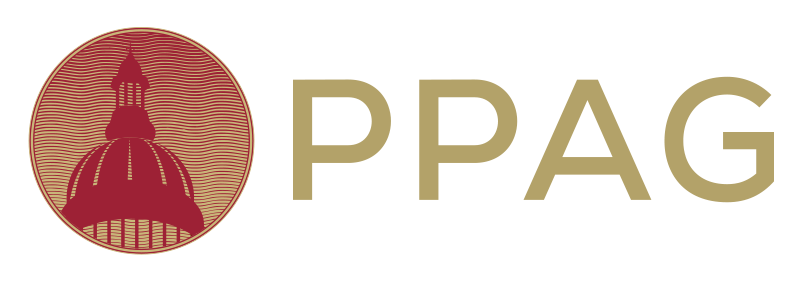by Christina Zuk
Digital technology is having a moment unlike ever before.
I’ve worked on technology-related issues at Princeton Public Affairs Group for the last several years, and the conversations around modernization projects and digital technology have dramatically accelerated in the wake of COVID19, presenting a unique opportunity to create more effective and efficient ways of doing business in both the public and private sectors.
The global pandemic abruptly forced us to adapt to new ways of doing almost everything – working, learning, seeking medical care, even grocery shopping. It normalized virtual and hybrid education, professional Zoom meetings, telemedicine appointments, and led to the rise of the virtual happy hour. Nearly every aspect of our lives has been touched by the pandemic and its many ripple effects – and that’s created an incredible need for technology to fill the gaps left behind by in-person meetings, paper-based applications, and even handheld menus (get your smartphone out for the QR code!).
While many in the private sector had already begun the transition to a more digitized way of life, government has long lagged behind – and it makes sense why. Modernization projects and technological innovation require financial investment and personnel training – two things that have understandably fallen on the back burner to delivering quality government programs and addressing the often-pressing needs of any given constituency. There is also a generational hesitancy toward technology, and while seven in ten Americans have found their way to social media that doesn’t necessarily mean they’ve signed a document online or hosted a virtual professional conference – until now.
For instance, by the end of February of this year, Zoom had brought in more users in two months than it had in the previous twelve. Earlier this year, Google reported a staggering two million users per day accessing their conferencing software Google Meet. Collectively, those users have reportedly spent two billion minutes on Meet in a single day.
So what does this mean for technology in New Jersey?
Opportunity.
In a pre-pandemic world, conversations about the need to update outdated systems were often met with polite nods and an understanding that these kinds of projects were simply not a priority for many. They weren’t deemed critical at the time because they weren’t, in fact, critical at the time. But as the whirlwind created by the pandemic overwhelmed outdated systems and processes, it exposed the cracks – and in many cases gaping holes – that now desperately need to be filled by technological innovation.
To be clear, this opportunity doesn’t just extend to those looking to sell a particular product or service. There is also a real opportunity for employers – in both the public and private sector – to increase efficiency, minimize unnecessary costs, and enhance employee satisfaction.
While COVID-19 has in many ways forced the hesitant to embrace technology and make an investment in modernization, it has also opened the door to a collective growth that will shape the way that government and business operate for years to come.



